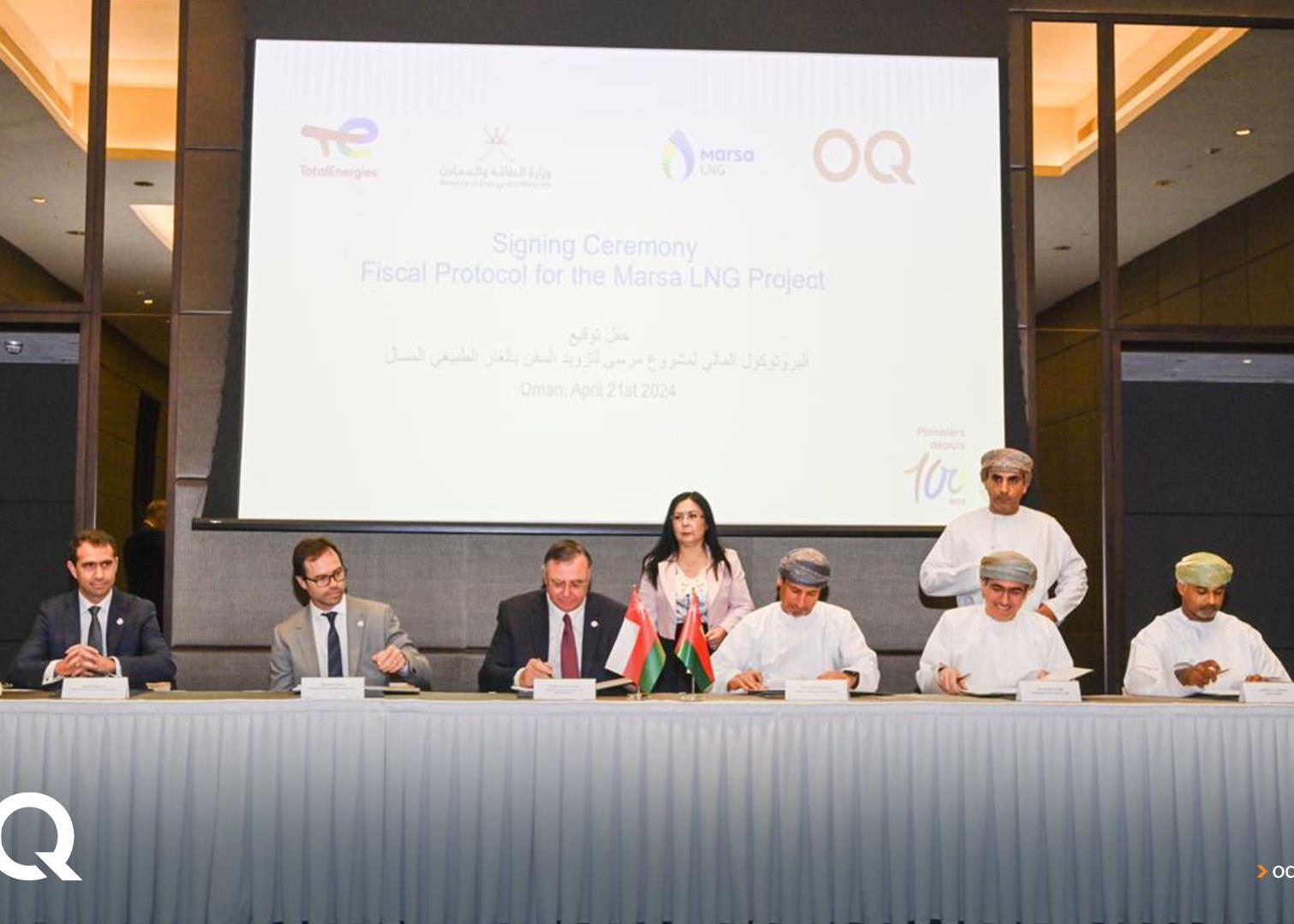
Dubai is planning at least a fur-ther two multi-billion-dollar reclaimed island projects off the coast of the emirate.
Local real estate developer Sama Dubai is planning Falcon island and another local developer, Bright Start, is planning a development that will also include reclaimed land.
The island planned by Sama Dubai, which is understood to look like a falcon when viewed from above, will be built close to the Burj al-Arab hotel. The scheme is in its early stages and the masterplan has not been completed. However, it is expected to follow a similar development model to other island projects in the emirate.
“There is a project called Falcon island that we are looking at, and it is close to the Burj al-Arab,” confirms an official at Sama Dubai. “It is still at a very early stage and the masterplan has not been completed, but I expect that with all the marinas that are planned it will be heavily into resorts with some residential.”
No cost estimates have yet been drawn up for the development but experience from similar artificial island projects in the region suggests it will cost several billion dollars to complete.
Falcon island joins Sama’s considerable project portfolio in the emirate, which includes the Lagoons at Ras al-Khor and the Jumeirah Hills development at Dubai Police Academy, close to the Burj al-Arab.
The Bright Start project will be built next to Dubai Offshore Sailing Club and will be similar in scale to Zabeel Properties’ Porto Dubai project. Porto Dubai involves an offshore island connected to the mainland by a causeway.
The local Arabtec Construction is building a boutique hotel and 47 luxury villas as part of the scheme. Netherlands-based Royal Boskalis Westminster is working on reclamation for the project. It involves dredging 3 million cubic metres of material (MEED 14:3:08).
The two latest island developments join two other reclaimed island schemes that were launched earlier this year by local developer Nakheel.
The most advanced is the redevelopment of the area around Port Rashid, following the move of container traffic to the new Jebel Ali port to the south.
A joint venture of Boskalis and Belgium’s Dredging International has been selected for the dredging works on the Port Rashid scheme.
The contract involves the dredging and reclamation of 38 million cubic metres of material that will be used to create a man-made island that will resemble a desert gazelle or oryx when viewed from above.
Although most of Dubai’s port traffic is being moved to Jebel Ali, Port Rashid will continue to
operate as the main port for tourist and cruise vessels.
The second project, launched earlier this year, is the Universe, which will be located off the Dubai coast between Palm Jumeirah and Palm Deira.
The scheme, which is still in the planning stages, involves a series of islands with 30 square kilometres of land that will be used for residential, commercial and tourism projects. It will take up to 20 years to develop.
The raft of projects demonstrates that despite criticism of the way reclaimed islands damage the environment, Dubai’s appetite for offshore island developments shows no sign of being satisfied. Developers are still keen to create more projects to capitalise on strong demand for waterfront real estate.
The emirate has a natural coastline of about 70 kilometres, whereas Nakheel alone has about 1,000km of waterfront under development.
Dubai is not the only city developing offshore islands to create waterfront living space. Following on from the success of projects such as the Palm Jumeirah, other emirates are developing their own schemes.
In early June, Rakeen, the real estate arm of the Ras al-Khaimah government, launched Dana island, which will add 53km of shoreline to the emirate and extend 7km into the Gulf in the shape of a stem and a series of leaf-shaped islands. The project joins its Al-Marjan scheme, which is also located in Ras al-Khaimah.
In Sharjah, Al-Hanoo Holdings is working on the Nujoom island project, and in Fujairah, several smaller schemes such as Banana island are under development. In Abu Dhabi, a series of natural islands are also being developed, such as Saadiyat and Yas, all of which require substantial dredging and reclamation works.
Elsewhere in the Gulf, Bahrain recently launched its revamped Diyar al-Muharraq project, which joins other offshore developments in the kingdom such as Amwaj islands, Durrat al-Bahrain and Reef island, formerly known as Lulu island, and other reclamation projects such as Bahrain Bay.
In Qatar, work is well advan-ced on the Pearl Qatar, and in Kuwait, plans are being prepared for a financial and commercial hub on two reclaimed islands known as Neira and Yammar (MEED 27:6:08).
You might also like...

Contractors win Oman Etihad Rail packages
23 April 2024

Saudi market returns to growth
23 April 2024

Middle East contract awards: March 2024
23 April 2024

Swiss developer appoints Helvetia residences contractor
23 April 2024
A MEED Subscription...
Subscribe or upgrade your current MEED.com package to support your strategic planning with the MENA region’s best source of business information. Proceed to our online shop below to find out more about the features in each package.






